
If there's one bit of car tech that sounds like a contradiction, it's cylinder deactivation. (And no, we're not suggesting filling up some of the cylinders with super glue — that would lead to a different kind of deactivation.) Turning off parts of your engine to make it more efficient totally sounds like black magic, right? Truth is, this tech has been around for decades, and it actually works ... well, most of the time. Automakers like Mercedes-Benz, Volkswagen, GM, Honda, and Chrysler have all used and continue to use variations of it in everything from big V8 trucks to fuel-sipping four-bangers.
The idea is simple. When you're cruising and don't need full power, the engine shuts down some of its cylinders, thus consuming less fuel, resulting in fewer emissions and better fuel efficiency. In theory, this mimics the working efficiency of a smaller-capacity engine while the extra cylinders can be put to use when more power is required. In reality, however, how much you benefit from this tech entirely depends on how you drive, and what you drive. For some drivers, it's a free mpg boost. For others, it's a source of annoying vibrations, sluggish throttle response, or even long-term mechanical wear.
Read more: Call Me A Luddite, But These Modern Features Only Seem To Make Cars Worse
When Fewer Bangs Mean More Bucks
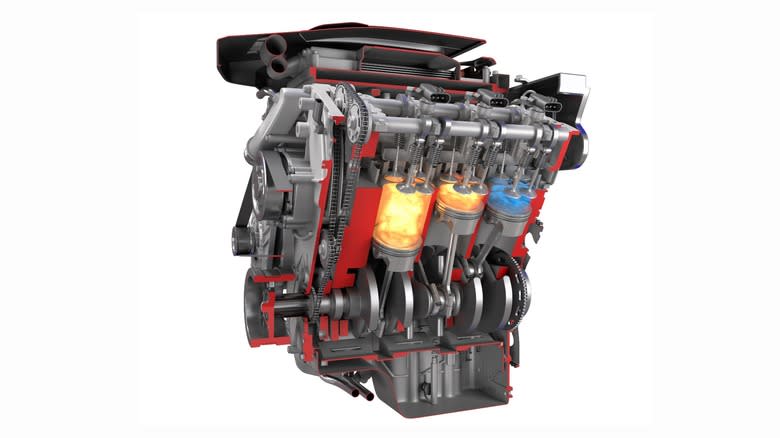
Cylinder deactivation lets your car run on fewer cylinders when full power isn't needed. Say you're cruising down the highway — your big V8 doesn't need all eight cylinders to maintain speed. Even half the engine could suffice. The result? More fuel efficiency, fewer emissions. Win-win.
The car's power-train control module takes data from several sensors in overseeing this. And automakers get crafty about this tech in their own ways. GM's pushrod V8s, for example, use oil pressure to collapse special valve lifters, keeping the valves shut and effectively putting those cylinders to sleep. The fuel injectors and spark plugs take a break, too. But in Honda's camp, where overhead cam engines are the norm, the trick involves decoupling rocker arms from the cam lobes using oil pressure. When disengaged, the arms just float, there's no valve action, and no combustion. When you mash the gas again, everything locks back into place and the engine wakes up.
This isn't new tech. Cadillac introduced it in the 1980s with the V8-6-4 system that could deactivate cylinders and run on all eight, or six or just four. It was glitchy, but the idea stuck. Then came the L62 engine in 1981 — one of the worst engines of all time — with its horrific drivability when the system was active. Today's systems though, are more refined. GM's Active Fuel Management and Dynamic Fuel Management, Honda's Variable Cylinder Management, Volkswagen's Active Cylinder Technology, and Chrysler's Multi-Displacement System are some of the more common setups. They're computer-controlled and make the switch seamless.
MPG Dreams, Real-World Headaches
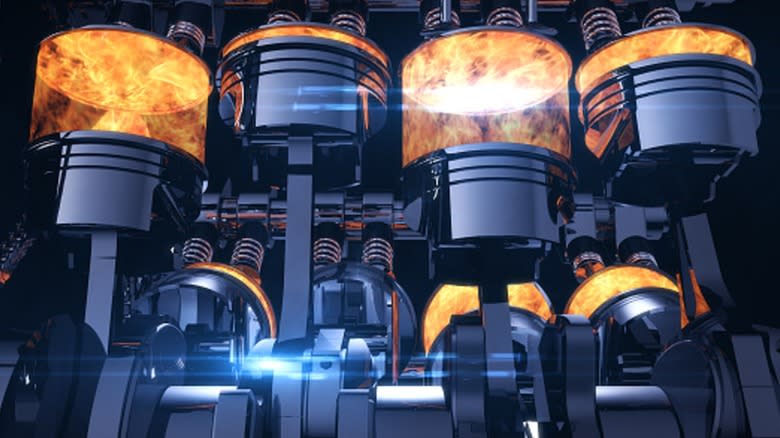
On paper, the U.S. Dept. of Energy estimates that cylinder deactivation can improve fuel economy by up to 7.5% while manufacturers claim efficiency improvements up to 20%. In reality, the gains are usually smaller. In highway cruising or light throttle conditions, cylinder deactivation does help shave off fuel use, but only without driver input. And that's the dream, right? Better mpg with zero effort.
So what's the catch? For starters, cylinder deactivation doesn't always play nice with real-world driving. If your commute is full of stop-and-go traffic or has lots of hills, you might rarely hit the conditions where deactivation kicks in, as you're constantly demanding power from the engine. As the car gets in and out of cylinder deactivation, fuel efficiency can suffer.
Not every engine handles the activation and deactivation transition smoothly, either. Some drivers report misfires, or a hesitation while the engine transitions from all to few cylinders, because when the system switches between modes it alters the firing order and engine vibration characteristics. Honda, for instance, uses high-tech engine mounts and noise-canceling trickery through the audio system to counteract this.
Then there are other issues like the 2006 GM 5.3 Vortec V8 engine that had issues with its Active Fuel Management, causing excessive gas consumption. So things haven't been perfect with cylinder deactivation tech in the past, but as time progresses, technological developments improve them. Still, if you're chasing mpg in a modern car, tire pressure and smooth inputs of your right foot might matter more than a couple of dormant cylinders. Deactivation will save you some gas, but won't compensate for bad driving habits.
Want more like this? Join the Jalopnik newsletter to get the latest auto news sent straight to your inbox...
Read the original article on Jalopnik.

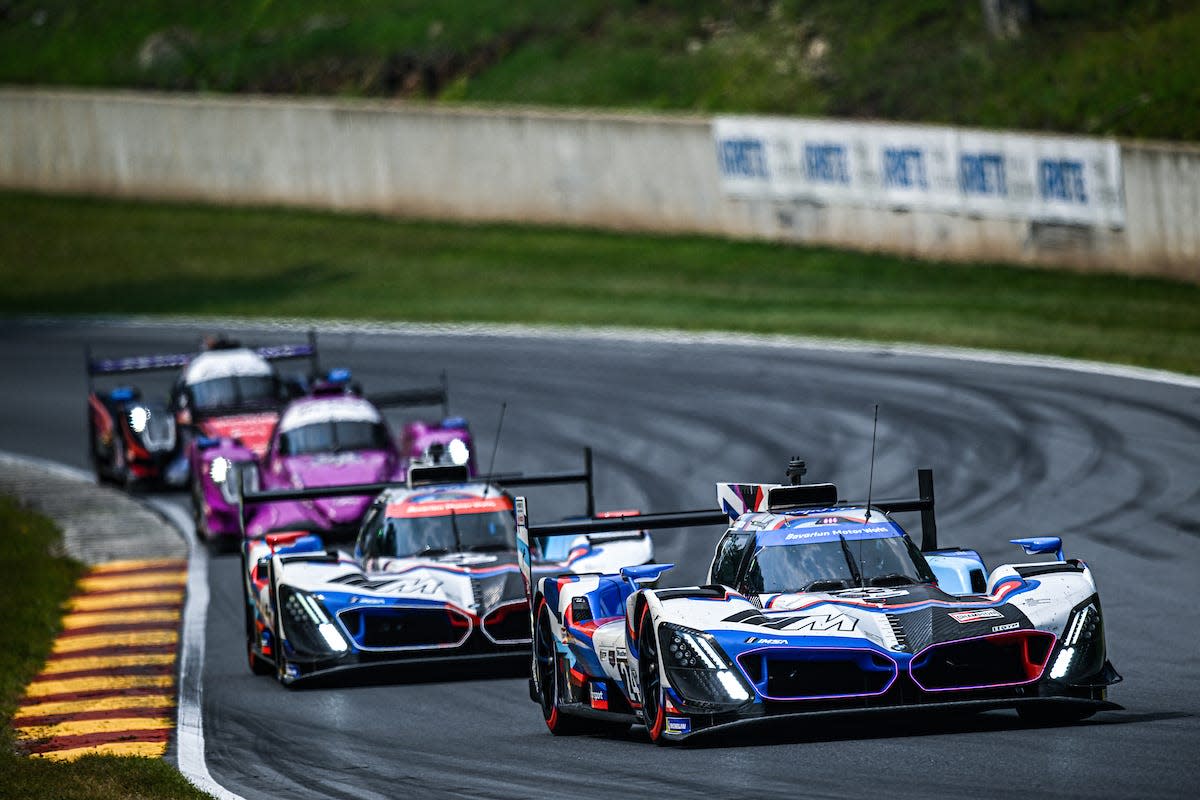
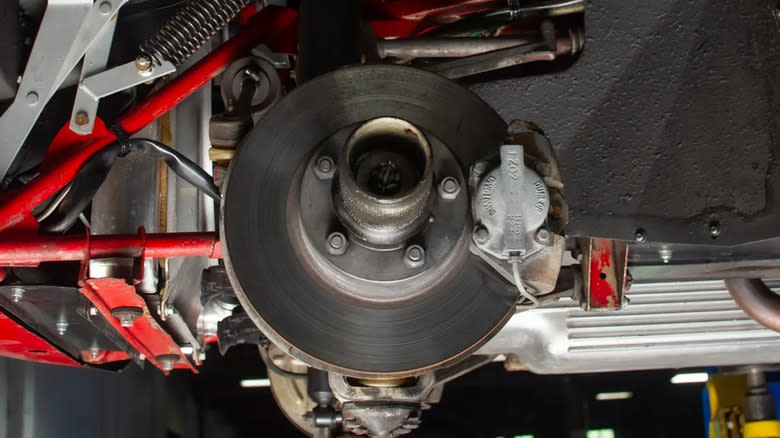
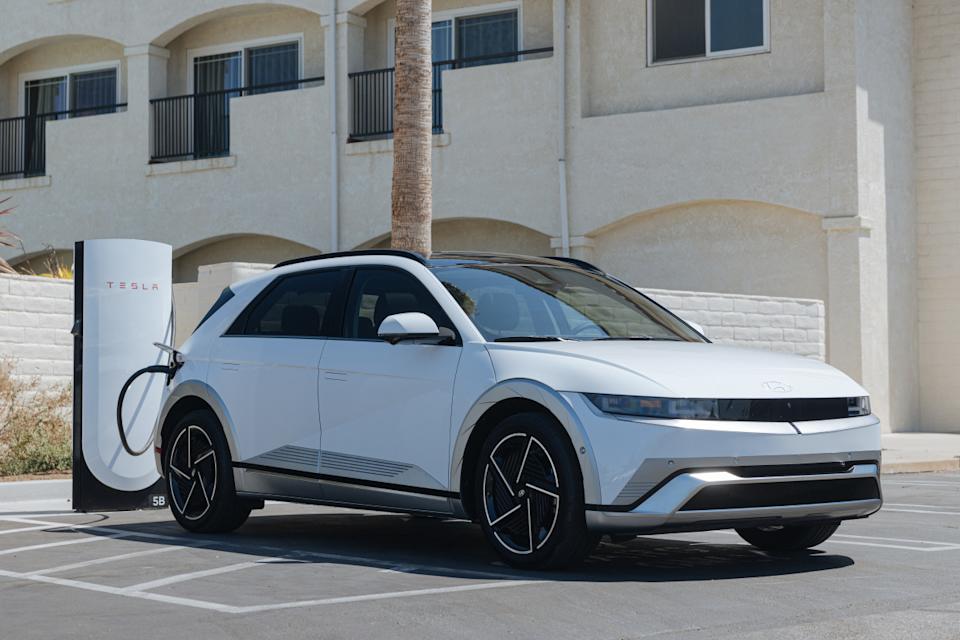
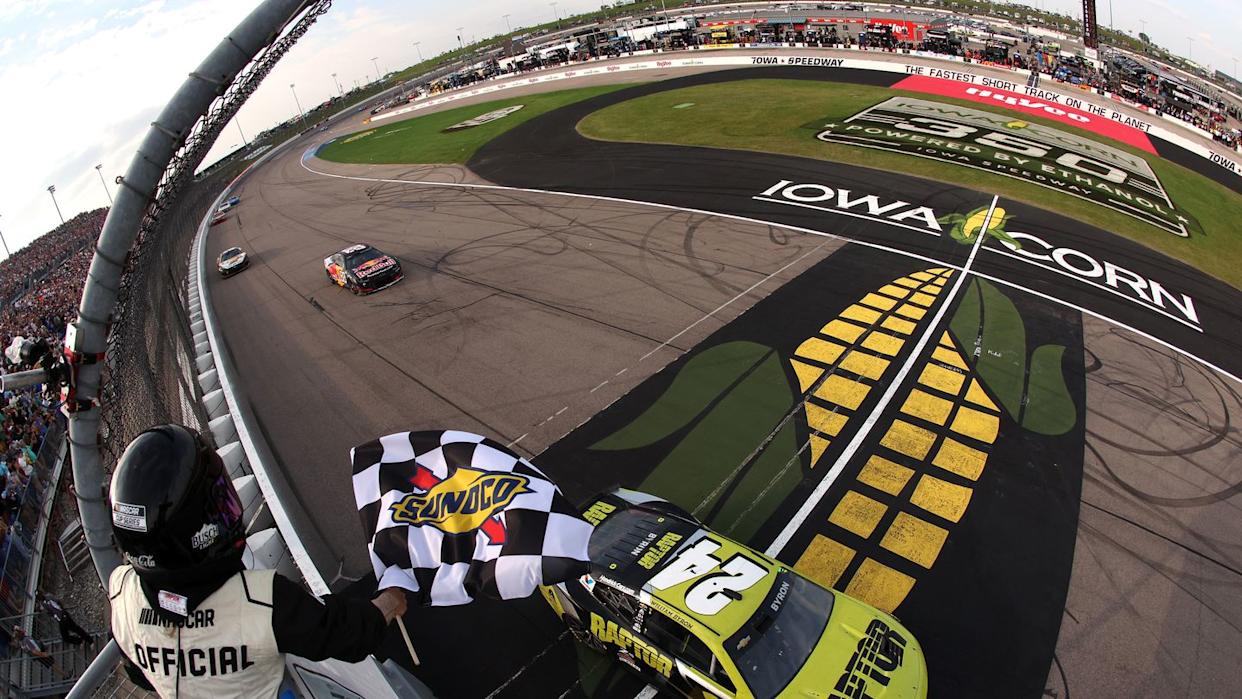
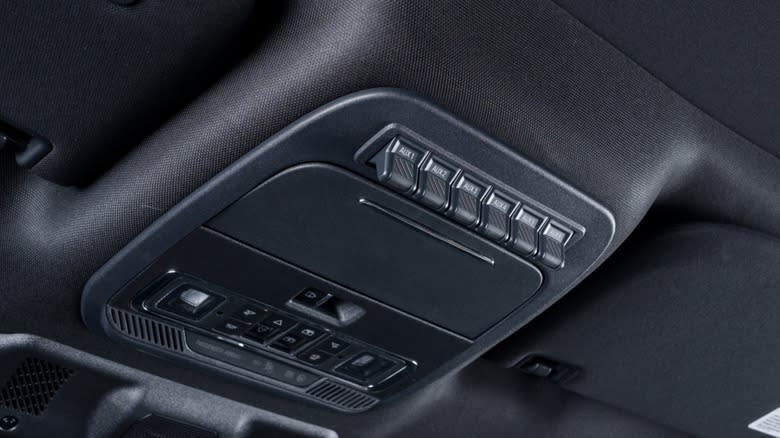

Comments